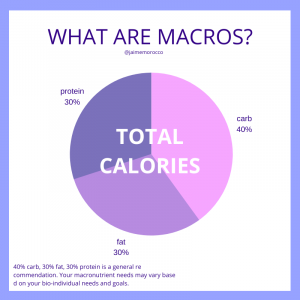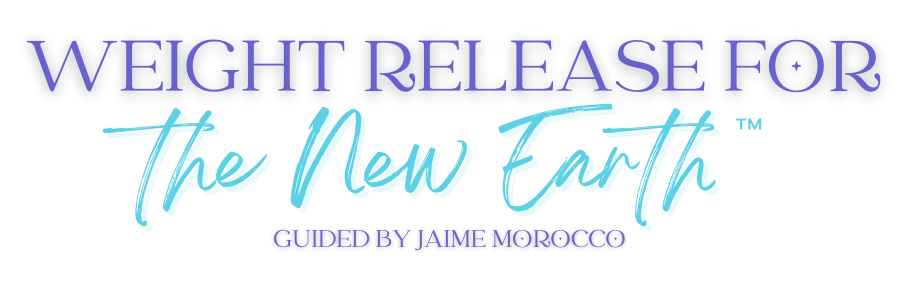How to Start Tracking Macros
As an Online Weight Loss Coach and Personal Trainer, it is my passion to empower clients to change their lives using sustainable methods.And in my opinion, sustainable means including foods you LOVE on your at loss journey.What if I told you, there was a way you could EAT the foods you love and still lose weight?
AMAZING right?
In fact, NOT including your fav foods on your weight loss journey is doing yourself a major disservice. After all, what happens when you switch to maintenance? How will you know how to include those foods if you have never included them to begin with? The reason why 97% of people who lose weight gain it back is because they do NOT use sustainable fat loss methods to get there.
Let's talk about the good stuff, how to eat foods you LOVE and reach your weight loss goals ...
What is this strategy you ask?
🔥MACRO TRACKING
What are Macros?
Macronutrients are nutrients that make up our food.
There are 3 of them and they are:
🔹Protein
🔹Carbohydrates
🔹Fats
1g of protein = 4 calories
1g of carbs = 4 calories
1g of fat = 9 calories
All food we eat can be categorized into one of these macro groups or can be a combination of any of them.
For example: Chicken breast is mostly protein while an apple🍎 is mostly carbohydrates.
Macronutrients not only make up the food that we eat, but the calories that we consume. 
You might be wondering - how do I get started tracking macros? Let me explain step by step so that you can reach all of your fat loss goals!
Step 1: Figure out your calorie deficit
Since macros make UP calories we have to get our calorie number first. Assuming your goal is fat loss, take your current weight and multiply it anywhere between 10-12.
(If you are less active choose 10, more active choose 12 - I recommend starting with 12 first)
Example: 150lb x 12 = 1800
These are your calories.
Step 2: Split up your calories
There are a few different ways that you can do this. To make it simple, let’s use a 30% protein, 40% carb 30% fat split which is a great place to begin!
Protein: 1800*.30 = 540 calories from protein.
Carbohydrates: 1800*.40= 720 calories from carbs
Fats: 1800*.30= 540 calories from fat
Now we have the calories from each macronutrient group but we have to convert to macros!
Step 3: Turn calories into macros
Since we know that
1g of protein = 4 calories
1g of carbs = 4 calories
1g of fat = 9 calories
We can simply do the conversion!
Protein: 540/4 = 135g protein
Carbs: 720/4= 180g carbs
Fats: 540/9= 60g fats
Now you have your macros!
I recommend taking your macros and then putting them into a food tracking app like My Fitness Pal so that you can start tracking your food! Another tool you will need is a food scale to make sure that you are tracking accurately!
